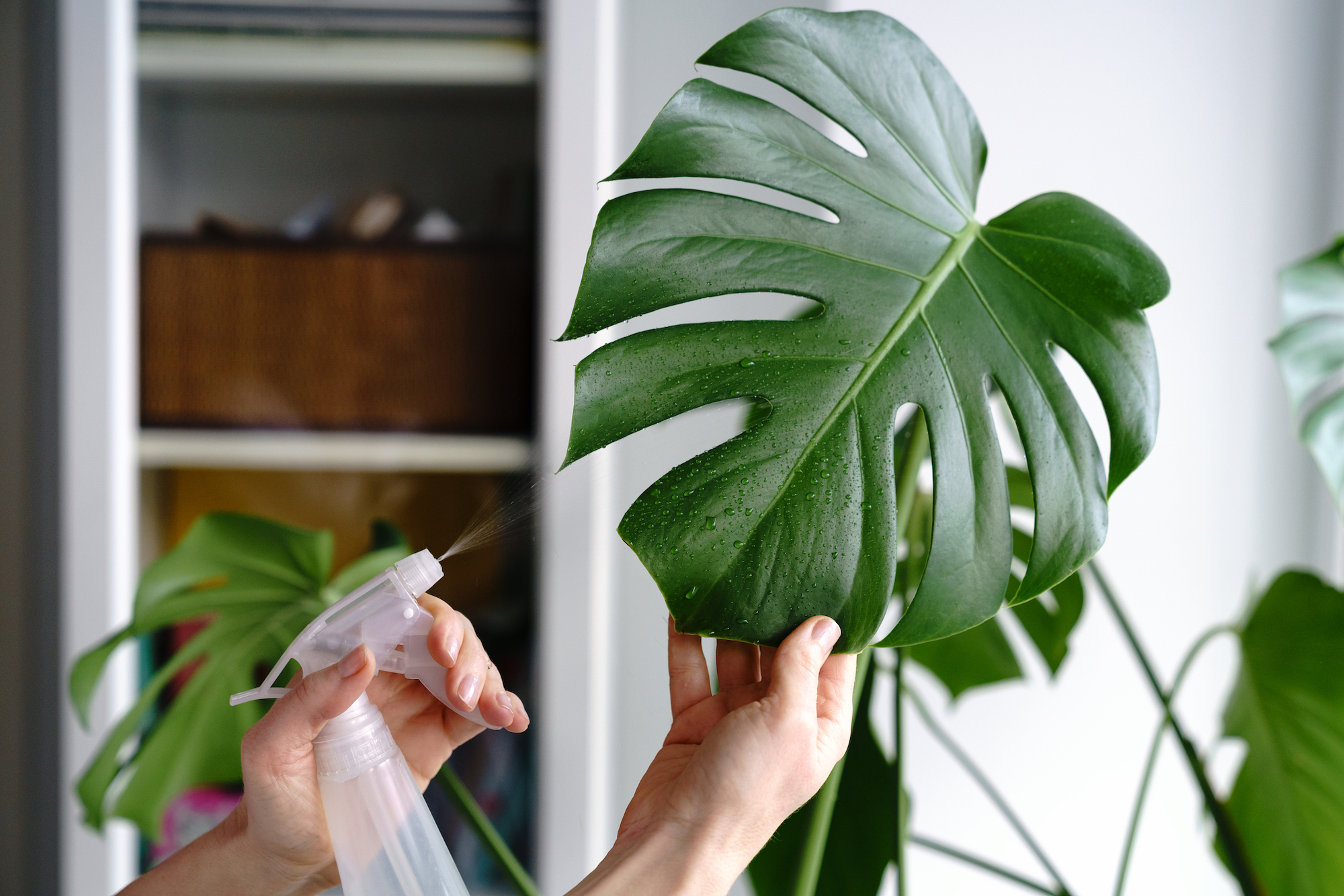
Caption
Monstera deliciosa houseplant
Photo Credit
Surked/Shutterstock
Botanical Name
Monstera spp.
Plant Type
Soil pH
Hardiness Zone
Subhead
Growing Monstera Plants: Watering, Lighting, Repotting, Propagation, and Pests
Read Next
Types
- Monstera deliciosa is the classic houseplant of this group. With proper care, it can eventually reach your ceiling and display beautifully fenestrated glossy leaves 1 to 2 feet long.
- M. adansonii (“Swiss Cheese Plant”) is a slightly smaller plant with heart-shaped leaves and holes in the leaves. An agile climber if given support, water, and a little fertilizer.
- M. dubia has smaller, variegated leaves and loves to climb, reaching about 3 feet.
- Any variegated Monstera deliciosa variety! Unique and rare–and often expensive–variegated plants are suitable to be the centerpiece of your houseplant home. Cream and white colored bands and patches contrast starkly with the rest of the deep green leaves.
Gardening Products
More Like This
Mine is just starting out from being cut rooted in glass container. Just potted it but leaves are small and not split anymore. Am I doing something wrong or just needs time?
I had a monstera growing in water for at least 10 YEARS with a Beta fish, and it was small & puny. Then the fish died so I planted the monstera in soil about 5 years ago & it is now HUGE.













Comments